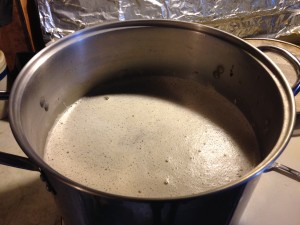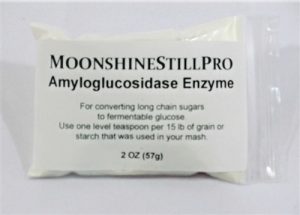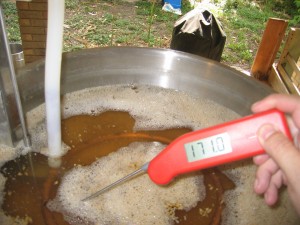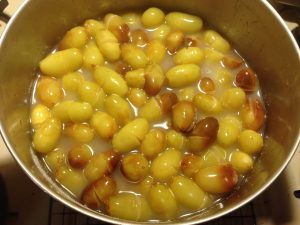
These beers may win a medal at a homebrew contest. How will you know? If you can snatch one before I make them disappear, the answer will come to you. (If you were smart enough not to punch a hole in your computer screen, trying to grab one of the beers in the picture, you are ready to begin your journey.)
This is an article about how to increase your chances at winning medals at homebrew contests. At this point, a very valid question you may have is, “How the hell would Chris know how to win medals?” Well, I used to enter contests fairly frequently. And, towards the end of my contest-entering phase, I did fairly well. Not ludicrously well, but I won a few medals. Much more importantly, I’ve judged and otherwise helped out at numerous contests, and seen how things work behind the scenes. My homebrew club (the Austin ZEALOTS), also has a pile of guys who are big into the competitions, and I’ve learned a lot from them.
For the purposes of this article, I’ll assume you want to enter contests and win medals. If you simply want to continue brewing the beers you like, and occasionally enter a couple, that’s great. The point of homebrewing is to have fun. But this article is meant for someone who is looking to have fun by racking up a huge medal count and is willing to put the time and effort into doing it. So grasshopper — or cricket, or katydid, or whichever insect term you prefer — let’s begin your training. [Read more…]









Recent Comments